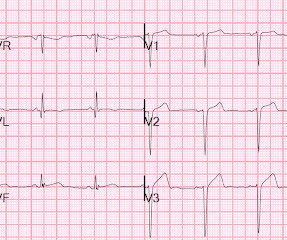Abstract TP195: Impact of Intracranial Atherosclerotic Disease on Thrombectomy Outcomes in Acute Cerebral Infarction With Large Vessel Occlusion
Stroke Journal
FEBRUARY 1, 2024
Previous studies have noted that ICAD-related LVOs, compared to embolic occlusions, have longer procedural times and lower successful reperfusion rates. Successful recanalization was defined as Thrombolysis in Cerebral Ischemia score ≥2b. However, clinical outcomes remain similar.










Let's personalize your content